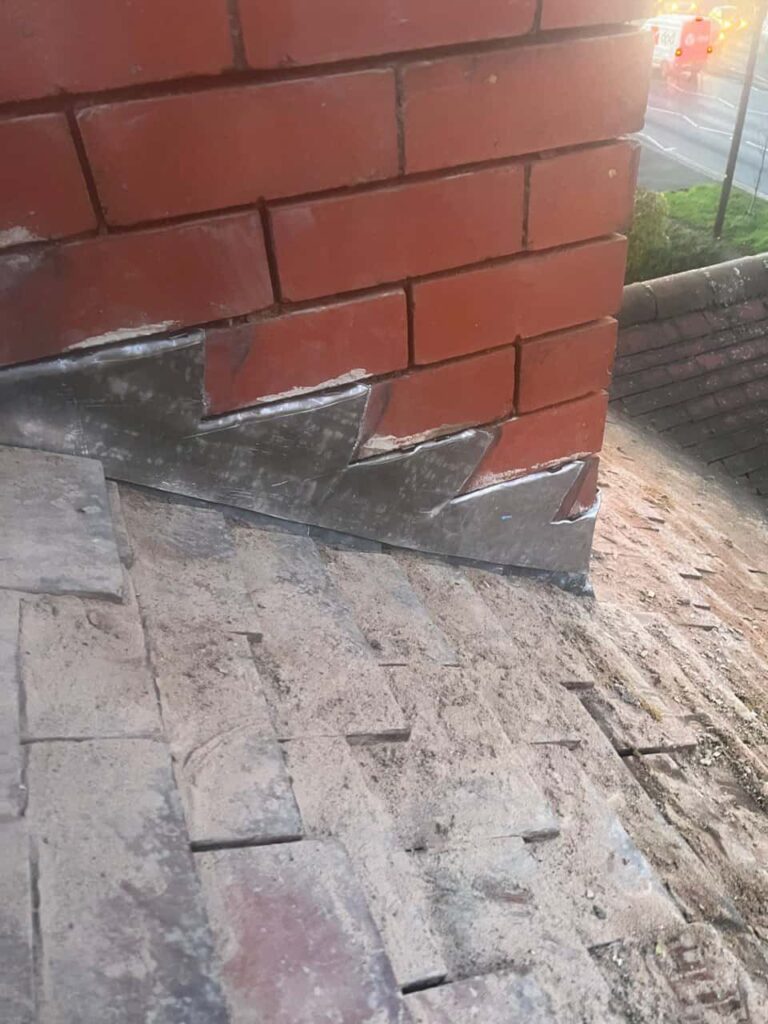Concrete roof tiles are a durable and cost-effective choice for many British homes, offering decades of reliable protection when properly maintained. However, even the toughest materials have their limits. Over time, constant exposure to rain, frost, and changing temperatures can wear them down. Recognising when your concrete tiles are nearing the end of their lifespan is essential to avoid leaks, damage, or costly structural issues later on. At Littleport Roofing Repairs, we help homeowners in Littleport and across Cambridgeshire identify early warning signs before they develop into major problems.
Understanding the Lifespan of Concrete Roof Tiles
Concrete roof tiles are designed for longevity, typically lasting anywhere from 40 to 70 years depending on their quality, installation, and maintenance. Their strength and resistance to harsh weather make them ideal for the British climate, but their performance can decline over time due to natural ageing, environmental factors, and wear.
Knowing what to look for allows you to act before minor wear turns into extensive roof deterioration.
Key Signs That Your Concrete Roof Tiles Are Reaching Their Limit
1. Visible Cracks or Chips
Cracks and chips in concrete tiles are often the first visible signs of ageing. While small defects may not immediately cause leaks, they allow moisture to penetrate the surface. Over time, this moisture freezes and expands, leading to further cracking and eventual tile failure.
2. Fading or Eroding Surface Layer
Concrete tiles are often coated to protect against UV damage and rain absorption. As they age, this coating can wear away, leaving the tiles looking dull or patchy. Once the surface layer erodes, tiles become more porous and prone to water retention — a clear sign that they’re nearing their limit.
3. Moss and Lichen Build-Up
A small amount of moss on a roof is normal, but excessive growth can signal trouble. Moss traps moisture, adding weight and accelerating the breakdown of the tile surface. When moss or lichen growth becomes widespread, it’s often a sign that the tiles have lost their protective layer and are absorbing too much water.
4. Leaks or Damp Patches Inside the Home
Persistent leaks, damp ceilings, or discoloured plaster can all indicate that water is finding its way through the roof. If leaks occur after heavy rain, it’s worth having your roof inspected. Often, this points to widespread tile wear or failed underlay, both of which may require professional attention from Littleport Roofing Repairs.
5. Displacement or Slipping Tiles
Tiles that appear misaligned or have slipped from their original position suggest that the roof’s fixings or battens may have deteriorated. This can occur as tiles absorb moisture and become heavier over time. Once movement begins, water ingress and further tile damage often follow.
6. Surface Pitting or Erosion
Over time, the surface of concrete tiles may start to pit or flake away. This indicates that the outer layer has been weakened by frost cycles or acid rain. When this happens, the tile’s ability to repel water decreases, leading to internal damage and shortened lifespan.
7. Repeated Repairs or Patchwork Fixes
If you find yourself calling for roof repairs more often, it may be more economical and practical to consider a replacement. A roof requiring frequent attention usually signals that the materials are no longer performing as intended.
How to Extend the Life of Your Concrete Roof Tiles
Even if your tiles are showing signs of ageing, proactive care can help extend their life and performance.
- Schedule regular inspections — Have your roof professionally checked every few years to catch early signs of wear or movement.
- Clean moss and debris — Keeping the surface clear allows rainwater to drain freely and prevents water retention.
- Maintain gutters and flashing — Proper drainage prevents standing water from backing up under tiles.
- Replace damaged tiles promptly — Swift action stops small cracks from spreading or leading to leaks.
By following these steps and ensuring timely maintenance, you can get the most out of your existing roof before considering a full replacement.
When to Seek Professional Advice
It can be difficult to tell whether ageing tiles can be repaired or need replacing without a trained eye. If your roof is over 40 years old or showing multiple warning signs, it’s wise to book a professional inspection. Experienced roofers can assess the overall condition, identify hidden weaknesses, and advise on the best long-term solution for your property.
Conclusion
Concrete roof tiles are built to last, but they don’t last forever. Recognising the signs of ageing early can prevent water damage, structural issues, and unnecessary stress.
Littleport Roofing Repairs provides expert inspections, maintenance, and tile replacement services across Littleport and Cambridgeshire. With our professional care and attention to detail, you can ensure your roof remains strong, secure, and ready to face the unpredictable British weather for years to come.
Call us on: 01353 881 094
Click here to find out more about Littleport Roofing Repairs
Click here to complete our contact form and see how we can help with your roofing needs.

